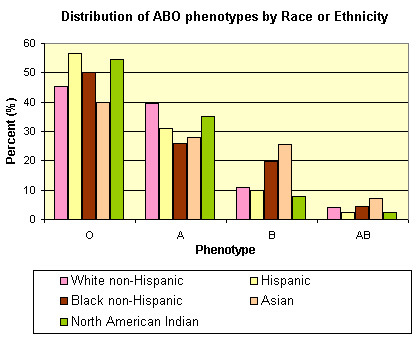

The proteins which carry the Rh antigens are transmembrane proteins, whose structure suggest that they are ion channels. The CDE notation used in the Fisher–Race nomenclature is sometimes rearranged to DCE to more accurately represent the co-location of the C and E encoding on the RhCE gene, and to make interpretation easier. On the other hand, Wiener's theory that there is only one gene has proved to be incorrect, as has the Fisher–Race theory that there are three genes, rather than the 2.

Thus, Wiener's postulate that a gene could have multiple specificities (something many did not give credence to originally) has been proved to be correct. ĭNA testing has shown that both are partially correct: There are in fact two linked genes, the RHD gene which produces a single immune specificity (anti-D) and the RHCE gene with multiple specificities (anti-C, anti-c, anti-E, anti-e). Because it is simpler to explain, the Fisher–Race theory has become more widely used. Wiener's notation is more complex and cumbersome for routine use. Notations of the two theories are used interchangeably in blood banking (e.g., Rho(D) meaning RhD positive). In this theory, a gene R 1 is supposed to give rise to the “blood factors” Rh 0, rh′, and rh″ (corresponding to modern nomenclature of the D, C, and E antigens) and the gene r to produce hr′ and hr″ (corresponding to modern nomenclature of the c and e antigens). This system was based on the theory that there was one gene at a single locus on each of the 2 copies of chromosome 1, each contributing to production of multiple antigens. The Wiener system used the Rh–Hr nomenclature. However, the d gene was hypothetical, not actual. This system was based on the theory that a separate gene controls the product of each corresponding antigen (e.g., a "D gene" produces D antigen, and so on). The Fisher–Race system, which is more commonly in use today, uses the CDE nomenclature.

Both systems reflected alternative theories of inheritance. The Rh blood group system has two sets of nomenclatures: one developed by Ronald Fisher and R. Nomenclature Rh haplotype notation Fisher–Race Antibodies to Rh antigens can be involved in hemolytic transfusion reactions and antibodies to the Rh(D) and Rh antigens confer significant risk of hemolytic disease of the fetus and newborn. The terms Rh factor, Rh positive, and Rh negative refer to the Rh(D) antigen only. Rh(D) status of an individual is normally described with a positive (+) or negative (–) suffix after the ABO type (e.g., someone who is A+ has the A antigen and Rh(D) antigen, whereas someone who is A– has the A antigen but lacks the Rh(D) antigen). The Rh blood group system consists of 49 defined blood group antigens, among which the five antigens D, C, c, E, and e are the most important. After the ABO blood group system, it is the most likely to be involved in transfusion reactions. It contains proteins on the surface of red blood cells. The Rh blood group system is a human blood group system. The name rhesus factor (Rh) goes back to the use of erythrocytes extracted from the blood of rhesus monkeys for obtaining the first blood serum.


 0 kommentar(er)
0 kommentar(er)
